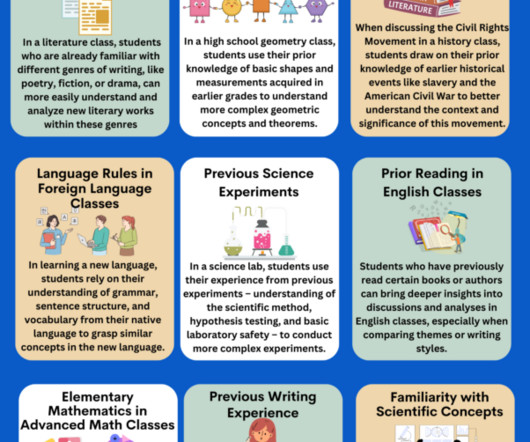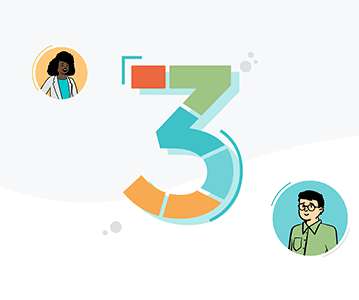What Is Prior Knowledge and Why it Matters?
Educational Technology and Mobile Learning
DECEMBER 23, 2023
In the context of education, prior knowledge acts as a lens through which new concepts are viewed, interpreted, and assimilated, playing a crucial role in shaping learning outcomes, engagement with new material, and the overall educational experience.





















Let's personalize your content